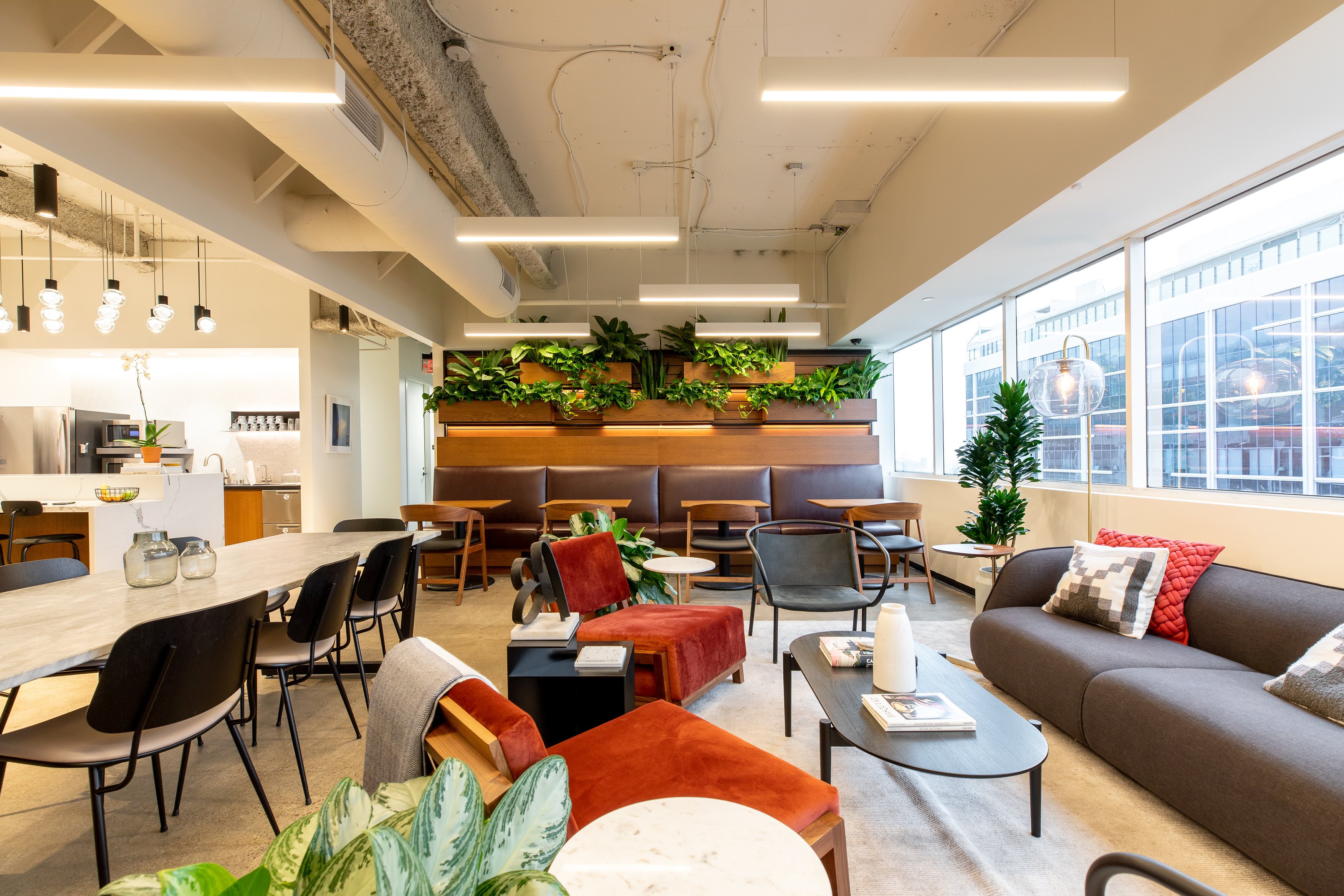Why the Fixture Schedule could be causing project delays and RFIs
This scenario may sound familiar. A project seems to be on-track, but suddenly there's a delay because the wrong fixture was ordered. Now instead of moving forward, a new lighting RFI is sent, clarifications are gathered or changes are made, then there's the wait on the new product. The result: even more delays, extra time spent on RFIs, and money wasted.
We recently ran into a scenario where we had the opportunity to review the fixture schedule on a project before it was finalized. Our design team noticed there were “Type F” fixtures called out on the schedule to be used in different applications around the project. We were familiar with the fixture and knew that it needed a variety of accessories and configurations for the different applications. This is an especially common problem with LED fixtures.
If the project had moved forward, contractors would not have been able to install the fixtures. Instead, they would have submitted RFIs, waited for clarifications, and then waited more for the necessary parts. It would have been a major project delay. Instead, one of our lighting designers revised the lighting schedule and specific each configuration of “Type F” fixtures with specific options and accessories.
That scenario had us thinking, what if you could virtually eliminate lighting RFIs from your ever-growing to-do list? In our detailed plan reviews, we've saved architects countless hours in managing lighting RFIs and change orders. Just as we were able to find a solution for our customer in the example above, the solutions come quickly when part of your internal team is well-versed in the procurement side of these projects. There is a better way to handle lighting for new construction or remodel projects.
Common factors contributing to lighting RFIs and change orders
There are several common factors that contribute to lighting RFIs, including the following:
- Cost issues
- Product availability / Lead time
- Lighting controls
- Part number inconsistencies
Most of the time, we find that these factors are linked to LED products and lighting controls. Although LED products solve so many problems related to energy efficiency and creating unique design aesthetics, they can also cause confusion and lead to delays.
LED products are often made to order. And if they are field-configurable, they will inevitably have a long list of possible accessories to adapt to the application you need. Long lead times, complex part numbers, and unpredictable manufacturer stock levels on these products are enough to throw a project off-track by six to eight weeks.
Because our lighting design team is familiar with a wide range of LED products and the sourcing process for manufacturers, we can anticipate when a problem or delay will arise and actively adjust to avoid any issues.
How a lighting designer can eliminate additional RFIs and change orders
When you consider costs for an upcoming project, a lighting designer may seem like an extra expense. But when you consider that a lighting designer can reduce the amount of RFIs and change orders, the extra investment may end up saving you money in the long run.
With modern LED lighting and controls, a detailed review of the fixture schedule by a lighting designer with practical ordering and installation knowledge can make the difference between lighting running smoothly and being a train wreck on a project.
The key here is to bring a lighting designer into the project early to avoid problems down the road related to design compatibility. Getting a head start on lead times for standard fixtures as well as custom fixtures can help your project stay on track and set expectations up front.
Lighting designers connected to a wide range of product can source the best lighting solutions and provide competitive pricing, while also providing appropriate alternates if the need arises.
The RL Studio difference
When our lighting design team works on a project, we don’t hesitate to jump into the plans, complete take-offs, and validate the practical aspects of the design. Because our team can also manage the sourcing and delivery of the lighting package for many projects, we’re adept at spotting the lighting and controls issues that typically turn into RFIs.
When we’re able to thoroughly review plans, the lighting headache that you typically get when a subcontractor reviews that complex lighting plan can be avoided, and your client's project stays on track.
Another differentiator is our ability to see a project through until the end. Many lighting design firms will specify lighting but not stay with a project through implementation of the lighting and controls specification. We stick around, making sure every detail is taken care of and the results are above our customers’ expectations.
If you have a project or Fixture Schedule you'd like for us to review, let us know.













